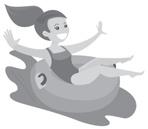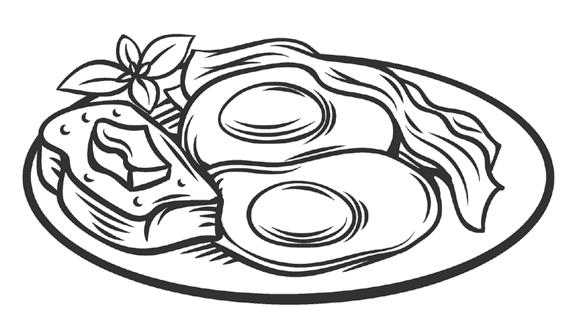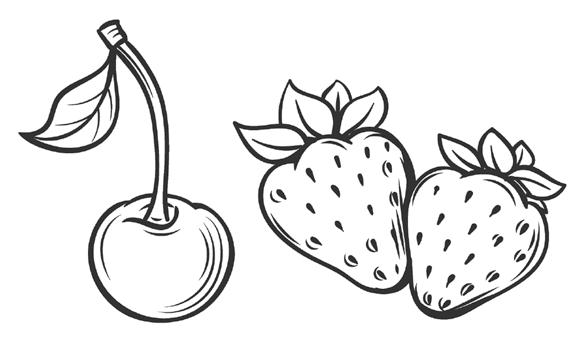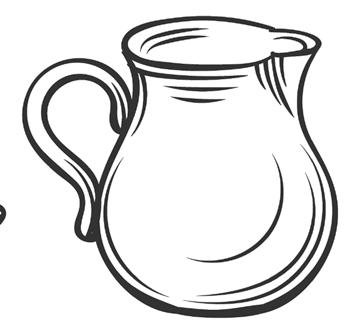
Con i quaderni operativi gli alunni si esercitano nelle prove nazionali di italia no, matematica (classi seconda e quinta della Scuola Primaria) e inglese (classe quinta). Ciascun volume si divide in due sezioni: - nella prima, che inizia dalla prova d’ingresso con svolgimento guidato, l’alunno trova delle prove che, con difficoltà graduale, lo aiutano ad acquisire le modalità di pensiero sottese alle risoluzioni dei quesiti e a “familiarizzare” con i test Invalsi. Nelle tabelle di autovalutazione, inoltre, può registrare il risultato ottenuto; - nella seconda sezione, invece, sono raccolte le prove ufficiali Invalsi, somministrate dal MIUR negli ultimi anni scolastici, con le quali gli alunni possono svolgere a tempo, ma con serenità, delle vere e proprie simulazioni. L’insegnante può consultare le soluzioni dei quesiti sul sito www.tresei.com.
LA PROVA INVALSI DI INGLESE - Classe quinta



A supporto dell’alunno, nelle ultime pagine sono stati inseriti un mini glossario e delle tabelle riepilogative sulle principali forme linguistiche.

SCARICA I CD
CON LE TRACCE AUDIO
1
Le esercitazioni si basano sul programma di lingua inglese previsto dal Ministero per la Scuola Primaria. Le prove verificano la capacità di comprensione testuale, la conoscenza del vocabolario e delle strutture linguistiche di base. Sul modello della Prova Invalsi di inglese per la Scuola Primaria, esse prevedono una parte scritta e dei test di ascolto, formulati sulla base delle conoscenze gradualmente acquisite dagli alunni nel corso dell’anno scolastico. Le esercitazioni sono concepite per aiutare l’alunno a mettere a fuoco eventuali difficoltà, in modo che egli possa autonomamente rivedere e approfondire le principali forme linguistiche affrontate.
all’area dedicata sul nostro sito: 2
https://bit.ly/372uoEa
sull’icona dei due CD e scarica le rispettive tracce audio.

La prova si compone di due parti. La prima parte è formata da quattro testi che dovrai leggere per poi rispondere alle domande che li seguono. Nella seconda parte dovrai ascoltare quattro brani in inglese e rispondere alle domande che troverai nel fascicolo.
Le istruzioni prima di ogni domanda ti diranno come rispondere. Leggile dunque con molta attenzione.
La prima domanda è sempre un esempio.
Se ti accorgi di aver sbagliato, puoi correggere: in alcuni casi puoi barrare con una linea la risposta sbagliata e riscrivere quella che ritieni corretta, come negli esempi seguenti:
Underwater World
Read the text about the National Marine Aquarium. Choose the correct answer (A, B, C or D) for questions 1-4. Put a cross (X) in the correct box. Only one answer is correct.
Welcome to the National Marine Aquarium! Our Atlantic Ocean tank is home to large nurse sharks, sand tiger sharks and our new lemon sharks. It contains 2.5 million litres of water! The Atlantic Ocean tank is home to three species of turtle. When you see them, don’t forget to take a selfie! What a fantastic adventure!
Our Great Barrier Reef tank has two zebra sharks with a really interesting story, they have no father!
Check out Plymouth to find out more about our great location. You can have a wonderful day out here!

Where is the National Marine Aquarium? 0.

A. B. C. D.
In Plymouth (UK). In New York. We don’t know. In the Atlantic Ocean.
1. the turtles. all the sharks. the zebra sharks. the tiger sharks.
You can take a selfie with...
A. B. C. D.
How many litres of water does the Atlantic Ocean tank contain? 2.

How many zebra sharks are there in the Great Barrier Reef tank? 3. We don’t know. 3. 2. 5.
A. B. C. D.
A. B. C. D.
Two and a half million litres. Twenty-five million litres. Fifty-two million litres. Two million and fifty-five litres. 35
Match the pictures (A-l) with the sentences (1-6). There are two pictures that you do not need. Write your answers in the boxes. The first one (0) is an example.










How can you spend the summer holidays?
0 We are playing volleyball.
1)
I’m swimming in the sea. 2) We are having a barbecue. 3) I’m fishing in the lake. 4) I’m eating an icecream. 5) I’m riding a bike. 6) I’m trekking in the mountains.

A very old tree
Read the text about an ancient plant: the baobab. Are the sentences (1-6) true, false or not given? Put a cross (X) in the correct box. The first one (0) is an example.
The baobab is the world’s biggest flowering tree. It grows in the savanna in Africa and can live for 3,000 years.
It is a strange plant, with branches that look like roots reaching for the sky. One ancient baobab tree in Zimbabwe is so large that up to 40 people can go inside it. This kind of tree stores a great quantity of water and grows fruit that feeds animals and humans.
People cook the leaves and eat them like spinach, or make traditional medicine with them. From this tree, people can make baskets, cloth and waterproof hats.
(Rid. e adatt. da www.heraldsun.com)

0 The baobab is a savanna tree.

1) The baobab usually has a very long life.
2) The ancient Zimbabwe baobab is not very big.
3) Animals can eat baobab fruit.
4) People can make medicine from the leaves.
5) A lot of birds live in the baobab.
6) It is possible to make clothes from this tree.
Special lessons
Read the text about a special teacher. Answer the questions (1-5). Use a maximum of 4 words. Write your answers in the boxes. The first one (0) is an example.
One of Mike’s teachers is special: he raps to his students. The students like it. It makes studying more interesting. The teacher’s name is Louis, he’s 26 years old. He starts every maths lesson singing rhymes quickly (oh yes! He RAPS in the class!) and he asks the students to do the same. His method follows the concept that repetition and rhyme can help with memorization. Memorization helps with learning. The rapping teacher is very popular at the school. 0 Who is Mike? He’s a student. 1) How old is Mike’s teacher?


Charlie
Charlie has got... 0.
A. B. C. D.
A. B. C. D. traccia
long hair. blond hair. curly hair. short hair. CD 1
n.5
Listen to a boy talking about himself. While listening, choose the correct answer (A, B, C or D) for questions 1-7. Put a cross (X) in the correct box. Only one answer is correct. The first one (0) is an example. You will hear the recording twice. You will have 20 seconds at the end of the second recording to complete your answers. You now have 20 seconds to look at the task.

A. B. C. D. 9. a baby. a teenager. a student.
His brother Leo is... 4. His dad... 5. His mum is... 6. The boy wants to work with... 7.
A. B. C. D. is an engineer. is a doctor. stays at home with Leo. works in an office.
A. B. C. D. a teacher. a chef. a shop assistant. a computer programmer.

A. B. C. D. children. computers. his mother. cars.
A. B. C. D. PROVA 2 41











